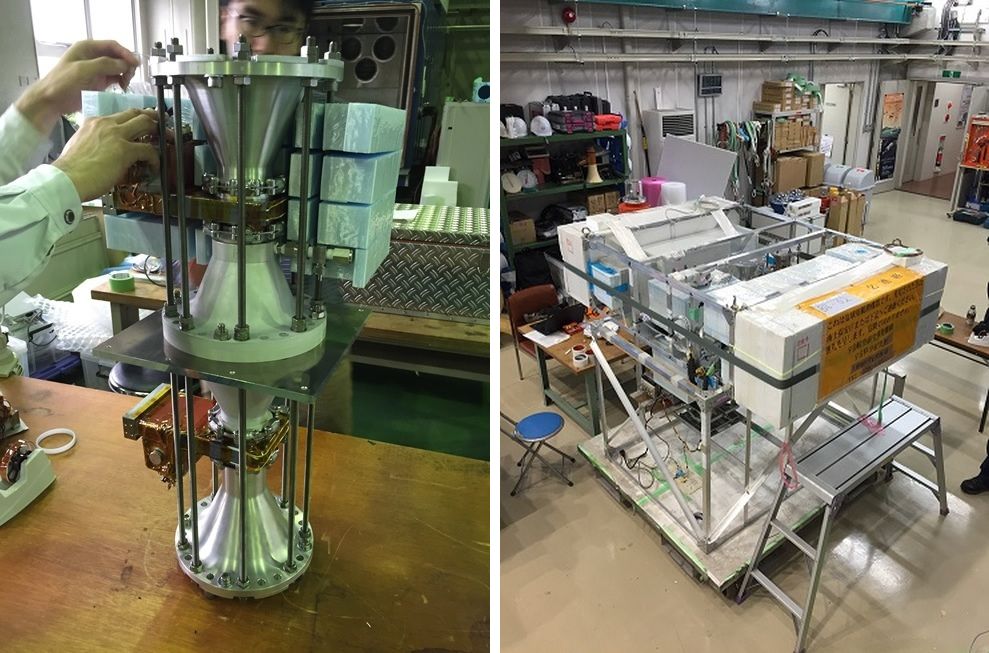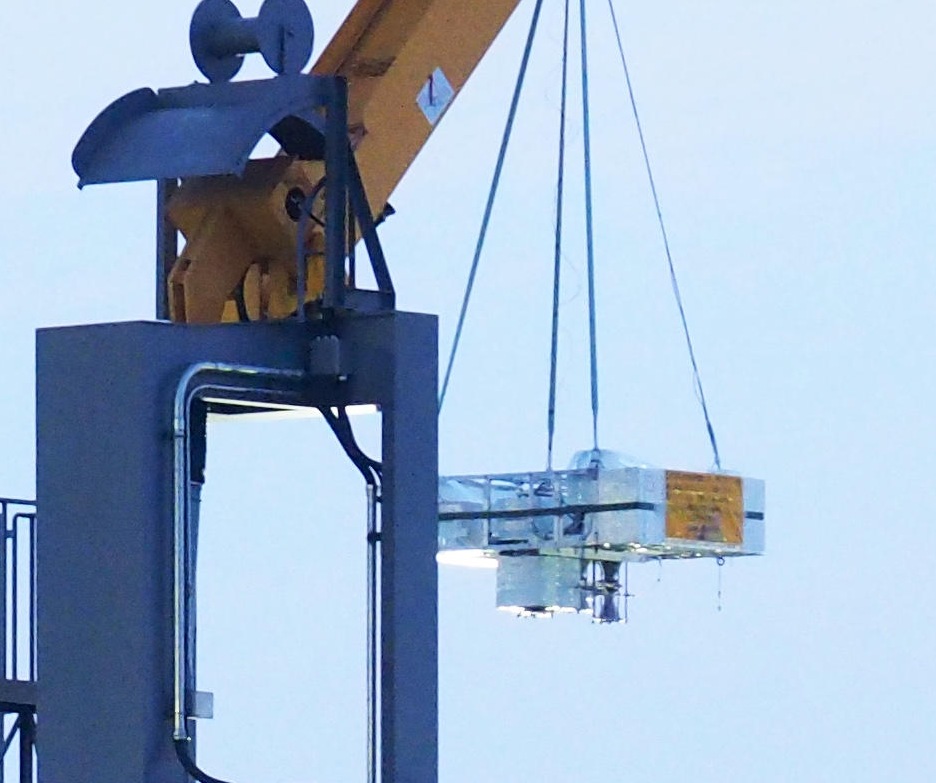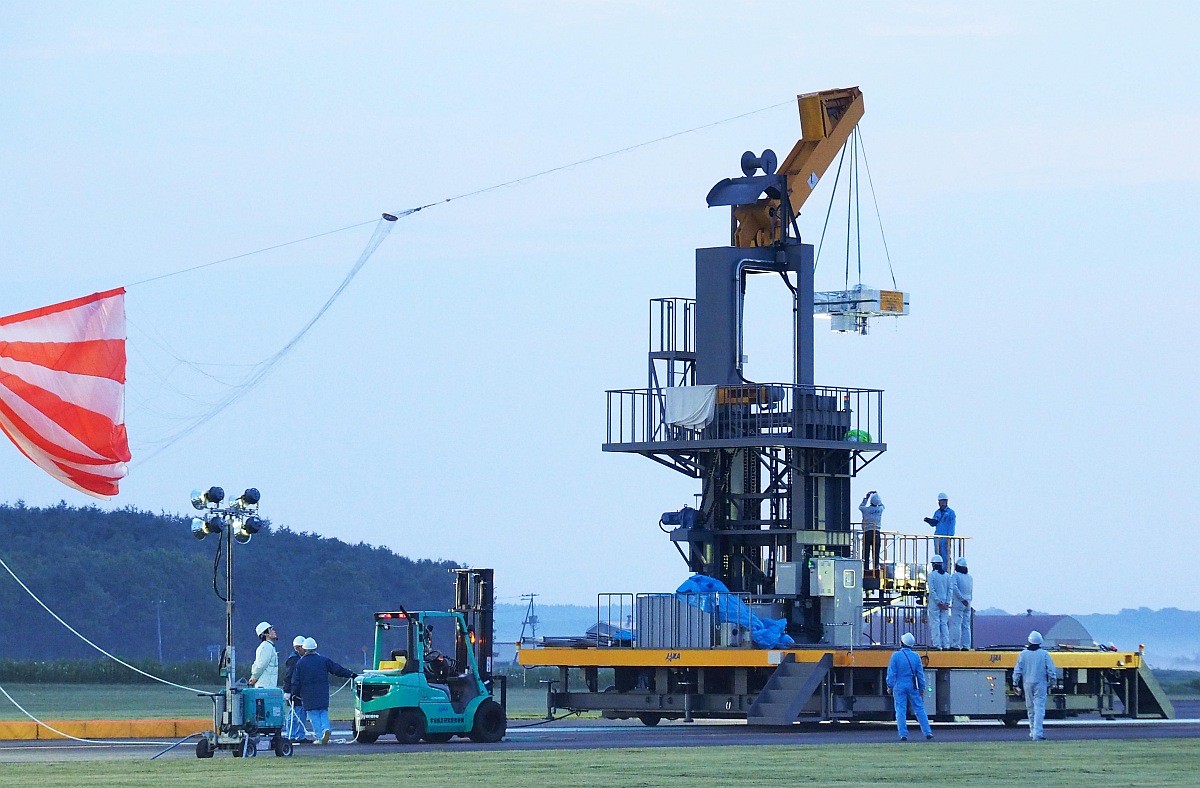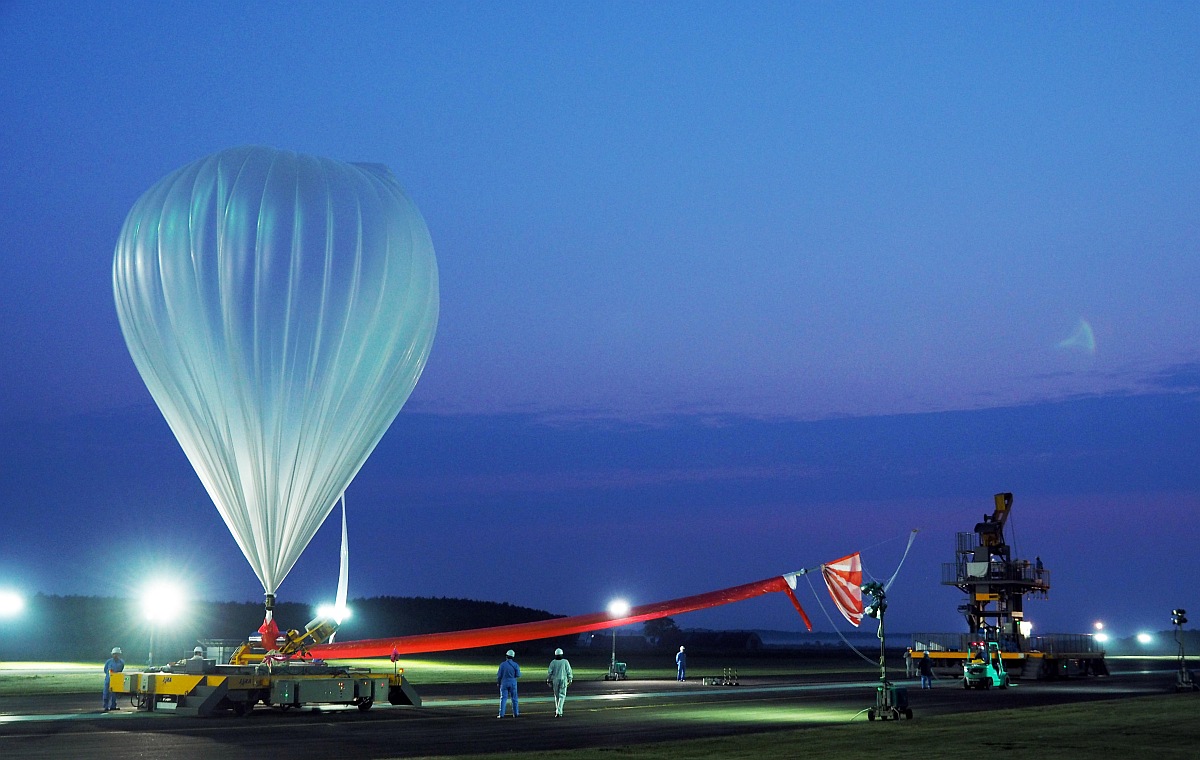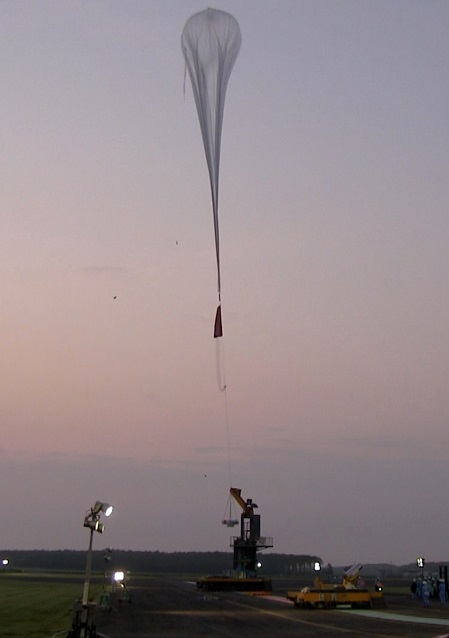Purpose of the flight and payload description
BIOPAUSE is a research project carried out by the Planetary Exploration Research Center (PERC) at Chiba Institute of Technology in Japan. The aim of Biopause is to conduct a series of bioaerosol sampling in the stratosphere, in order to determine the location of "biopause", the upper boundary of the biosphere. Determining it's location and the biological flux across the biopause are key to understand the universality, distribution, origin, and evolution of life in the universe. It is widely accepted that the tropospheric atmosphere contains bioaerosol, although the flux of microbes from the troposphere to the stratosphere is small and dynamical and biological lifetime in the stratosphere are short. However, the presence of microbes in the stratosphere has been recorded in previous experiments using balloons, aircraft, and rockets. The most direct information available that can be used to investigate the biopause is the distribution and dynamicity of life in the middle atmosphere.
For this purpose PERC developed the world's first descending inertial impactor-style sampling device. This apparatus is sent to the stratosphere under a high altitude balloon and once at required ceiling, the sampler is released from the balloon. Sample collection is conducted as the sampler falls back to earth on his own parachute. The stratospheric atmosphere is introduced into the sampler using its descending velocity and atmospheric aerosol particles are collected on the impactor plates. Gate valves for the vacuum are placed at the entrance and exit of the atmospheric pathway in the sampler and operated via a control unit. This procedure reduces biological contamination from particles that adhere to the balloon surface or the wall of the sampler as they cannot enter the sampler during the descent because the descent velocity of the particles (as determined by Stoke's law) is less than the descent velocity of the sampler. Once completed the collection, the valves are closed and samples secured. After the flight the samples are cultivated and analyzed to make a quantitative comparison between culturable and unculturable stratospheric microorganisms.
Video footage of the mission
Details of the balloon flight
Balloon launched on: 6/8/2016 at 3:43 jst
Launch site: Multipurpose Aviation Research Field, Taiki-Cho, Hokkaido, Japan
Balloon launched by: Institute of Space and Astronautical Science (ISAS) / Japan Aerospace Exploration Agency (JAXA)
Balloon manufacturer/size/composition: Zero Pressure Balloon model B15 15.000 m3
Flight identification number: B16-02
End of flight (L for landing time, W for last contact, otherwise termination time): 6/8/2016 at 5:50 jst
Balloon flight duration (F: time at float only, otherwise total flight time in d:days / h:hours or m:minutes - ): 2 h 38 m
Landing site: In the Pacific Ocean 30 km E of Taiki, Japan
This was the first balloon flight of the project. The balloon was launched at 3:43 JST on June 8, 2016 and after an ascent phase of one hour and 40 minutes it reached float altitude of 28 km over the Pacific Ocean about 35 km east of the Taiki Aerospace Experiment Station. After that, the balloon and microbial collection device, which were separated by the command radio wave at 5:50 am, slowly descended to the sea about 30 km east of the Taiki Aerospace Experiment Station and were recovered by the recovery ship by 6:28 am. The valves of the sampler were opened during its descent from an altitude of 27 to 13 km as planned.
After the flight, the recovered sample was analyzed using a fluorescence microscope and a scanning electron microscope. A total of 21 microbes and several aerosol particles were identified on the impactor plate in the sampler.
External references
- BIOPAUSE project website Planetary Exploration Research Center, Chiba Institute of Technology
- JAXA news of the launch in Japanese
- The Biopause Project: Balloon Experiments for Sampling Stratospheric Bioaerosol 48th Lunar and Planetary Science Conference, held 20-24 March 2017, at The Woodlands, Texas
13119If you consider this website interesting or useful, you can help me to keep it up and running with a small donation to cover the operational costs. Just the equivalent of the price of a cup of coffee helps a lot.

